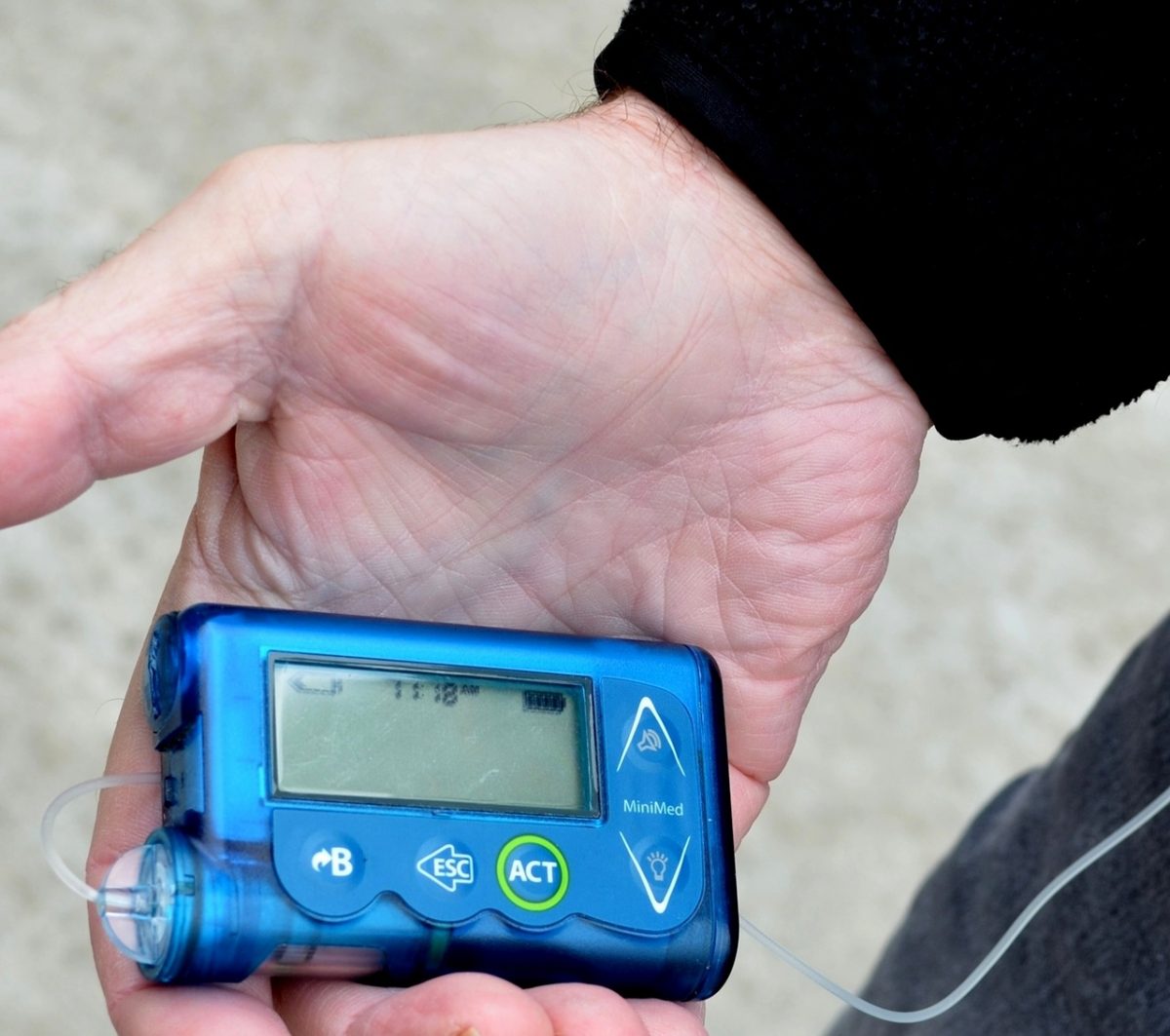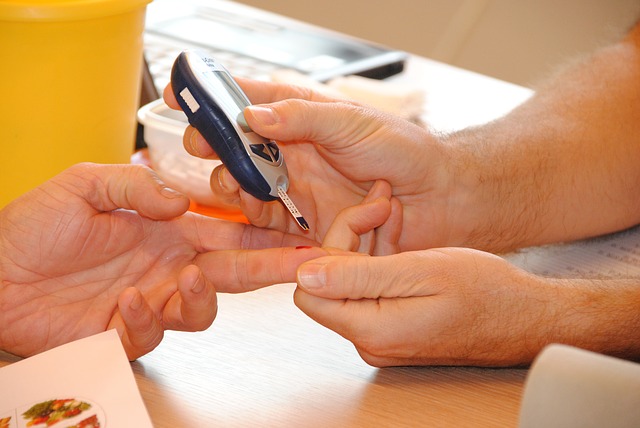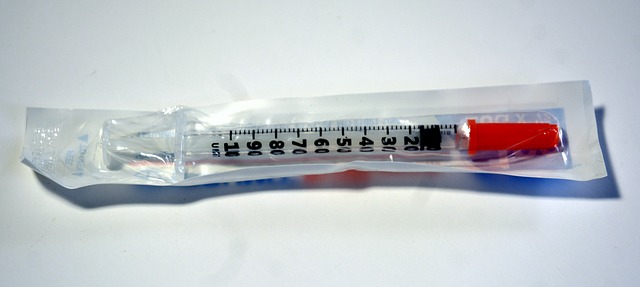The majority of those with diabetes rely on testing devices to monitor glucose levels and
manually inject the correct amount of insulin. Others have automated insulin pumps. They’re
used by people with Type 1 and Type 2 diabetes. The pumps are considered an alternative
insulin therapy.
Anatomy of an Insulin Pump
An automated insulin pump has a reservoir or holds a cartridge with a set amount of insulin.
The device is typically paired with a sensor. It measures the glucose level in the body and
automatically releases the correct amount of insulin beneath the surface of the skin to
counteract the sugar level. The glucose enters the blood stream where cells can utilize it to
power the body.
The pump connects to the body through tubing that’s inserted through the skin. Alternately,
the pump may be attached directly to the body, but still has a small piece of tubing used to
deliver the insulin beneath the skin. The cartridge is usually changed about every 72 hours.
Insulin pumps most closely emulate the body’s own actions if diabetes wasn’t present. Rapid
acting insulin is typically used with a pump.
Benefits
Insulin pumps have a variety of advantages. They can be combined with a continuous glucose
sensor (CGM) to dispense insulin as needed. It reduces the need for pricking the finger to
measure glucose levels. The pumps also reduce the need for injecting additional amounts of
insulin.
The insulin is injected automatically to meet changing needs. Individuals can also release a
larger amount of insulin at meal times. An insulin pump is a highly efficient and effective way to
control and manage the disease, and for lowering A1C levels.
The pumps are especially beneficial for young children that don’t have the skills or ability to
monitor glucose levels or administer their own insulin. However, insulin pumps are expensive
and they’re limited in the type of insulin that can be dispensed.
If you would like to find out about earning cash for your unwanted, unused and boxed test strips, complete our online quote form today.
If you have extra, unopened and unused boxes of diabetic test strips – whether you have switched brands, no longer need to test or test less frequently, or have a loved one who has passed away – don’t let them gather dust until they’ve expired and end up in the trash. We’re the best place to sell diabetic test strips online, and if you want to sell your test strips, we’re here to make the process easy and enjoyable!
Visit us at Sell Your Test Strips and get your free quote today!







